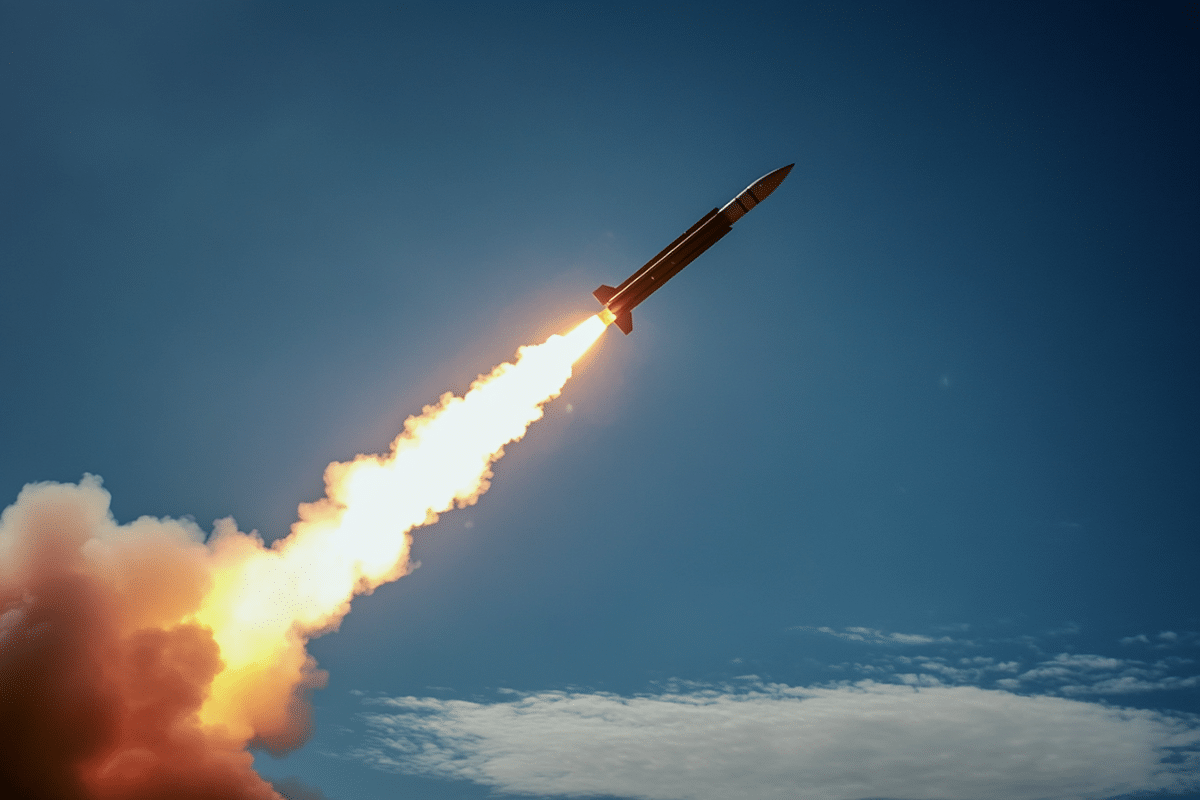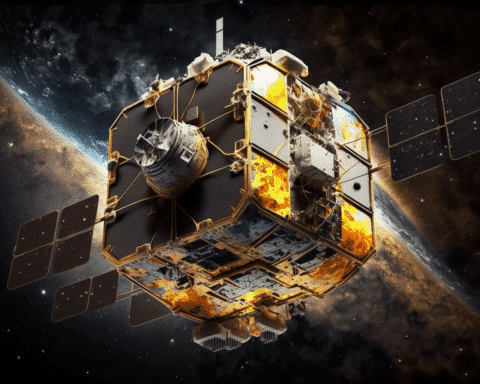Ukraine has escalated its military tactics in the ongoing war by reportedly firing six U.S.-supplied ATACMS missiles into Russia’s Bryansk region. This marks the first confirmed use of such long-range weapons within Russian territory during the 1,000 days of conflict. Ukrainian forces targeted a military weapons depot near Karachev, roughly 115 kilometers from the border, causing multiple explosions. However, Russia claimed to have intercepted five of the missiles, with debris causing minor fires but no significant damage or casualties.
Increased Tensions Amid Shifting Strategies
This development coincides with a critical shift in Russian defense policies. President Vladimir Putin has formally reduced the threshold for deploying nuclear weapons, potentially allowing a nuclear response to conventional attacks from nations supported by nuclear powers, including the United States. The introduction of ATACMS into Ukraine’s arsenal has drawn sharp criticism from Moscow, exacerbating already heightened international tensions.
Ukraine’s use of these missiles follows the United States’ decision to ease restrictions on their deployment, a move that frustrated Russian leadership. The broader geopolitical dynamics were further complicated by reports that North Korean troops have been deployed to assist Russian forces in the conflict.
Mounting Pressure on the Front Lines
Ukraine’s forces face immense challenges along the extensive 1,000-kilometer front line, where Russian military pressure continues to stretch their resources. Civilian areas have also suffered devastating attacks, with Russian strikes killing at least 12 people in Sumy and wounding 11 others in a dormitory hit by a Shahed drone. In recent days, attacks in Odesa and Sumy have resulted in dozens of civilian casualties, highlighting the ongoing humanitarian crisis.
Ukraine’s Plan for Resilience
To address these challenges, Ukraine has outlined a comprehensive resilience plan to strengthen its defense capabilities. This includes domestic production of at least 30,000 long-range drones and 3,000 missiles by next year. Such initiatives aim to reduce Ukraine’s dependence on Western military aid while maintaining strategic pressure on Russian forces.
The plan also includes reforms in military management, such as the introduction of a military ombudsman position and streamlined processes for handling contracts. Despite these developments, Ukraine continues to face significant manpower shortages, particularly in infantry, which may limit its ability to sustain long-term operations.
The Role of Western Support
As the war enters a pivotal phase, NATO and European leaders are debating additional support for Ukraine. NATO officials have emphasized the importance of providing increased aid, while European leaders have recognized Ukraine’s efforts in defending democratic values.
Western support remains crucial, particularly as Ukraine works to slow Russia’s advances by targeting critical battlefield assets. Analysts suggest that using long-range missiles like ATACMS can disrupt Russian advantages, buying time for Ukraine to address its personnel challenges.
A Conflict at a Crossroads
As the war reaches its 1,000-day mark, both sides find themselves grappling with the realities of prolonged conflict. Analysts believe neither Russia nor Ukraine can sustain the war indefinitely, though Russia’s larger resources may allow it to endure longer. Ukraine, however, continues to demonstrate resilience, bolstered by innovative strategies and external support.
The next phase of the conflict may hinge on Ukraine’s ability to balance immediate military needs with long-term resilience. With plans to unveil further details of its resilience strategy next month, Ukraine is signaling a determination to adapt and persevere in the face of relentless aggression.
Meanwhile, the broader geopolitical stakes remain high, with global powers closely watching the conflict’s trajectory. The international community’s response, particularly regarding aid and diplomatic pressure, will likely play a significant role in shaping the eventual outcome of this prolonged war.




